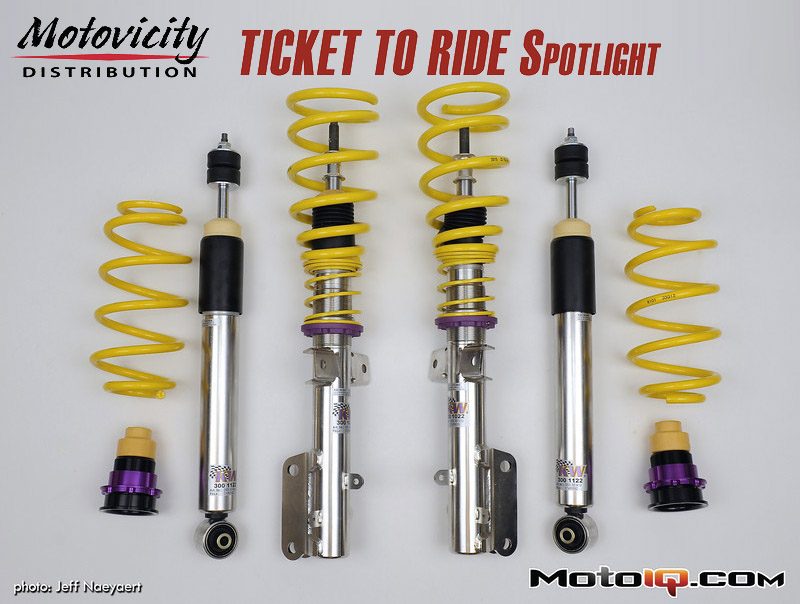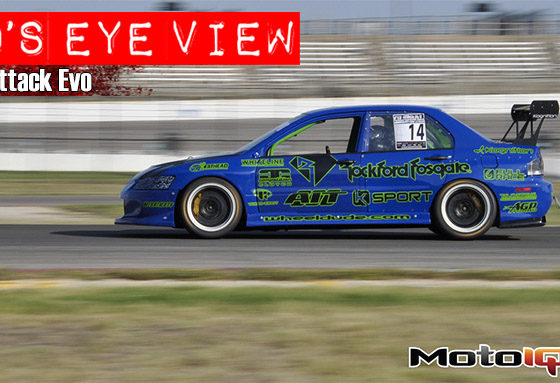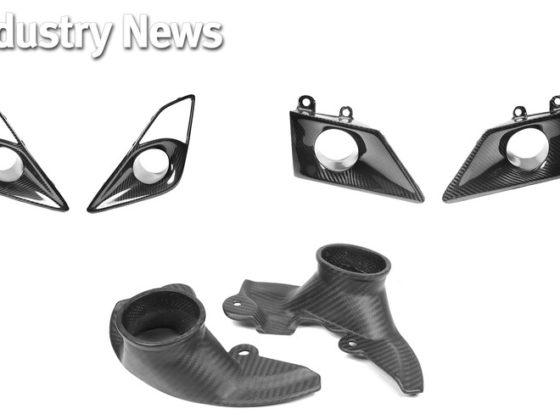,
 |
| The front strut uses the factory upper mount to reduce noise and vibration, keeping things daily driver friendly. Camber plate style upper mounts allow a lot of noise and vibration to enter the driver's compartment and the durability of some camber plates in daily use is questionable, especially in the salt belt. You can see how the machined aluminum spacers give a perfect fit to the stock mount. The KW V III also has a dust boot to protect the seals and a progressive, soft microcellular urethane bump stop to keep things predictable if the car bottoms out while cornering. |
 |
| It is tricky to do a rear coilover in the back of the Mustang due to limited space. The KW solution is to put the spring in the stock location and to use an adjustable spring seat so the ride height and corner weights can be adjusted. Like the front strut, the rear shock uses a corrosion resistant stainless steel body. |
 |
| Like the front struts, the rear shocks offer independent adjustability of the compression and rebound damping. The rebound adjustment is found at the top of the shock shaft and is accessible inside the car. The shock's seals are also protected by a polyurethane dust shield and bumpstop/scraper assembly. |
 |
| The compression adjustment is found at the end of the shock body here. This plastic splash shield protects the adjuster from the elements. The KW V III is a twin tube design. The compression adjuster changes the preload of the foot valve shim stack and the rebound adjuster changes the oil flow through the piston. One of the cool things about KW is that you can have quite a bit of body motion control but the frequency sensitivity of the valve system allows a surprisingly good ride even when the damping is turned up. The shock's lower eye bushing is hard polyurethane. |
 |
| Like the strut, the rear shock retains the stock upper mount. The stock squishy rubber bushings are replaced by firm polyurethane just like the ones in the lower mounting eye. This means that nearly all rear suspension movement goes through the damper and is controlled rather than just squishing rubber. |
 |
| The rear spring is configured to fit in the stock axle mount and taper wound to be progressive in rate and to fit into this adjustable body mount. A microcellular urethane bumpstop is also used. |



